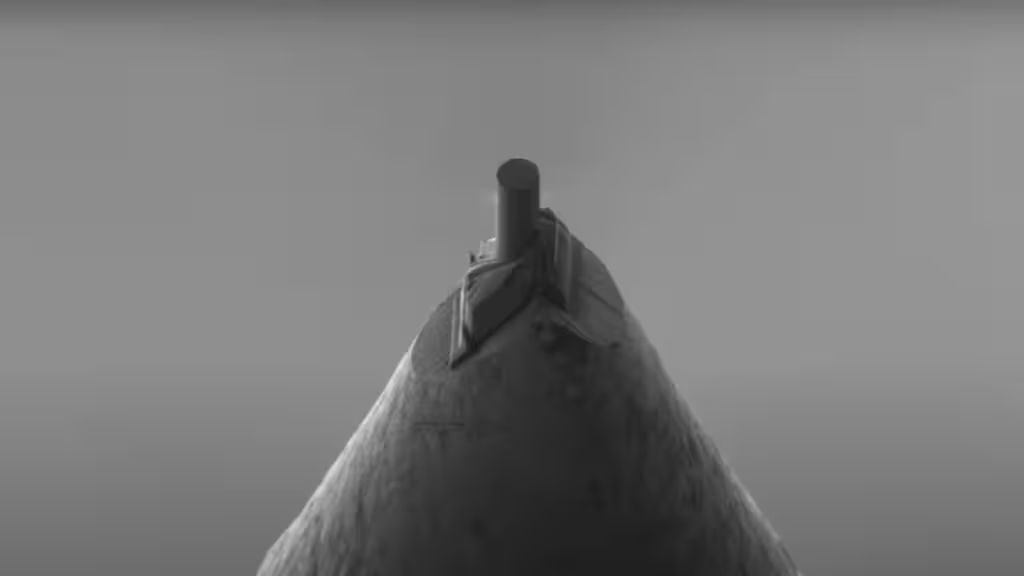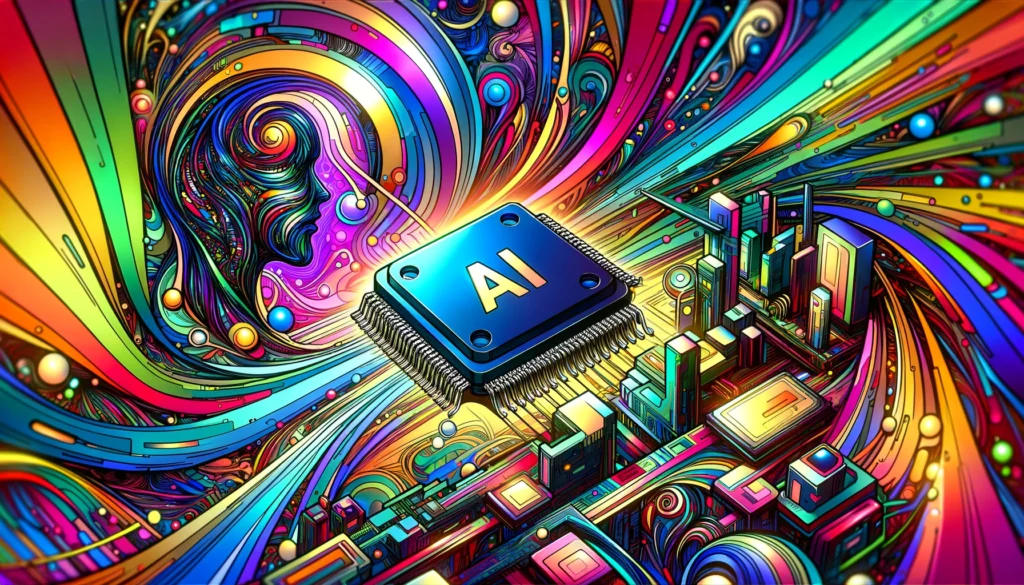New X-ray imaging world record shows microchip with 4 nanometre precision

Researchers at the Paul Scherrer Institute in Switzerland used ptychography, a technique involving overlapping rotated X-ray images, to achieve a world record in imaging microchips at 4-nanometre resolution.
Built for AI, this chip moves beyond transistors for huge computational gains

The Defence Department collaborates with Princeton to create energy-efficient microchips for AI, potentially transforming its use across diverse environments, supported by an $18.6 million DARPA grant.
3D reflector microchips could speed development of 6G wireless

Cornell University researchers have developed a chip for 6G technology, enhancing device performance at higher frequencies by introducing a novel time-delay mechanism.
